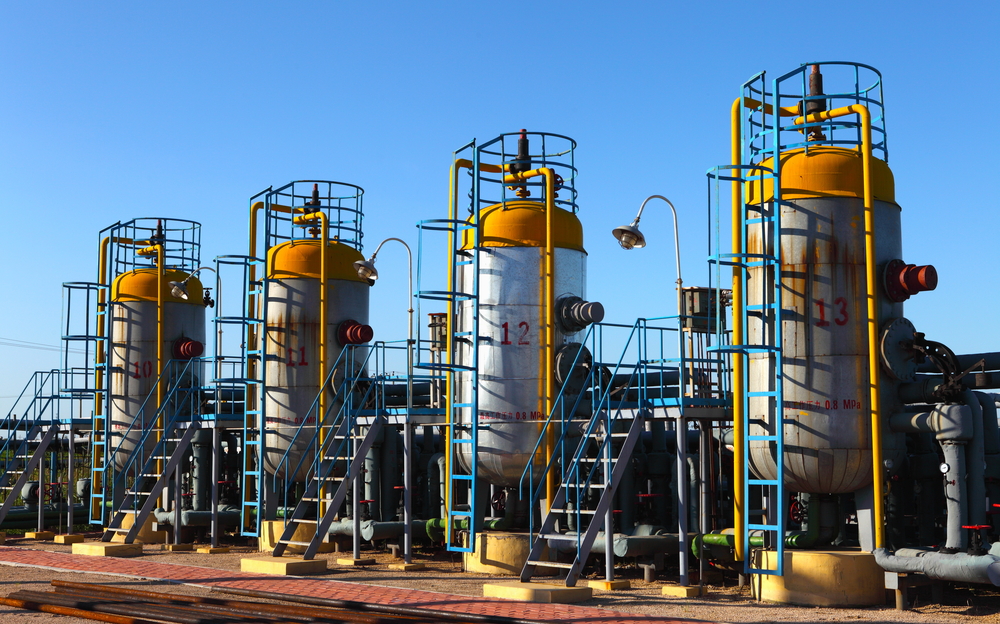Associated-dissolved natural gas makes up growing share of natural gas production, EIA says

An increasing share of U.S. natural gas production is associated-dissolved natural gas, which is natural gas produced from oil wells, the U.S. Energy Information Administration (EIA) said recently.
The increase is the result of increased crude oil production from low permeability, tight rock formations in the Permian, Bakken, Eagle Ford, Niobrara, and Anadarko regions, EIA said.
In 2018, associated-dissolved natural gas production in these five regions was 12.0 billion cubic feet per day (Bcf/d). This accounts for approximately 37 percent of total natural gas production in these regions and roughly 12 percent of total U.S. natural gas production.
Associated gas contains natural gas plant liquids (NGPLs) such as propane, ethane, normal butane, isobutane, and natural gasoline. Associated gas must be treated at natural gas processing plants to remove impurities and liquids before it can be marketed as natural gas and is sometimes characterized as a wet gas.
The increase in associated gas has resulted in record volumes of U.S. NGPL production, EIA said.
According to EIA, the Permian region has the most associated gas production of the five crude oil-producing regions. The region produced 5.8 Bcf/d of associated gas in 2018, accounting for 51 percent of its natural gas production total and exceeding non-associated gas production in the Permian for the first time.
The U.S. Energy Information Administration uses a gas-oil ratio of 6,000 cubic feet (cf) of natural gas to one barrel (b) of oil (cf/b) for each year’s total well production to determine if a well is an oil well or natural gas well. If the GOR for one year of production is equal to or less than 6,000 cf/b, the well is defined as an oil well, and any natural gas produced from this well is considered associated gas. EIA also converts the various state pressure bases used to measure natural gas volumes to the federal pressure base of 14.73 pounds per square inch absolute and 60 degrees Fahrenheit.
